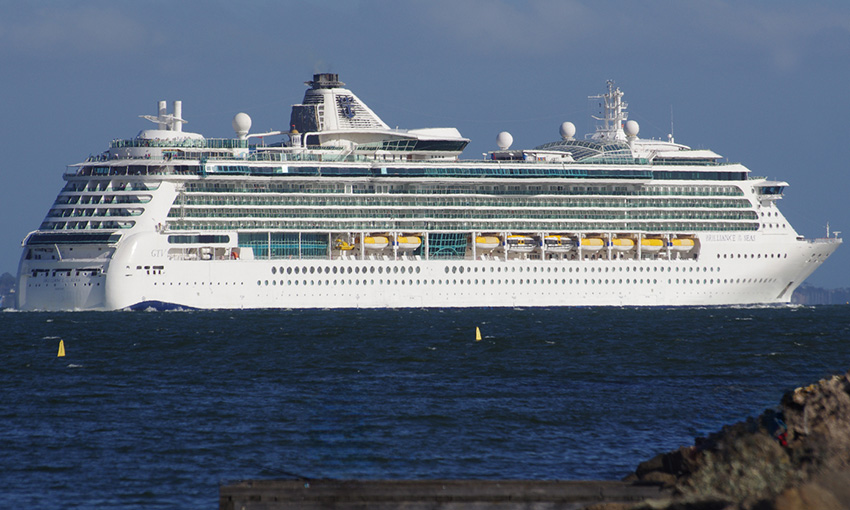THE AUSTRALIAN Rail Track Corporation is looking to expand the use of passive cooling designs for its Inland Rail signalling huts.
The huts will have improved building design alterations, which aim to minimise heat-gain and cool buildings with less energy required compared to standard air-conditioning.
Signalling huts, which are used to house power, communications and signalling equipment, are dispersed along the Inland Rail alignment.
The huts contain sensitive infrastructure that controls all trackside operations equipment within a track segment – including lights and signals, trains detection equipment, and point motors, and this infrastructure interacts with ARTC network control.
Historically, signalling huts have been cooled by air-conditioning, a method which is often costly, highly electricity resource dependant, and incurs continued maintenance costs and alterations due to exposure to Australia’s harsh climatic elements.
Inland Rail acting chief executive Rebecca Pickering said implementing such cooling systems would lead to a reduction in standing load and power consumption.
“It also means there will be no additional maintenance and alarm call outs for air-conditioning failure, and lower, or cost neutral, capital cost of shade structures compared to air-conditioning,” she said.
“The hut design was trialled on the Murgo Loop section of the Narrabri to North Star project and, comparatively compared to air-conditioning, the use of passive cooling resulted in a 26% reduction in energy consumption in a 24-hour period.
“Adopting the passive cooling system not only reduced energy consumption but was also able to maintain the integrity of the signalling system under heat conditions – improving performance compared to traditional air conditioning methods.”





